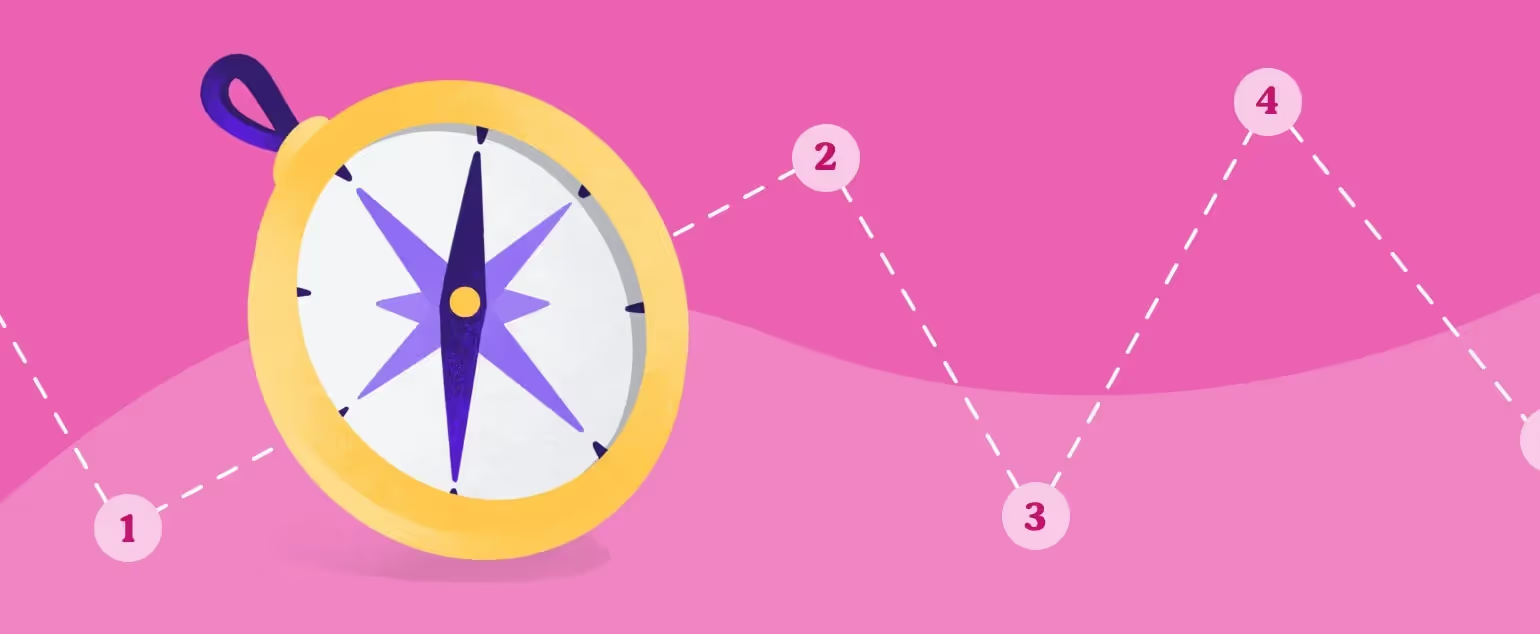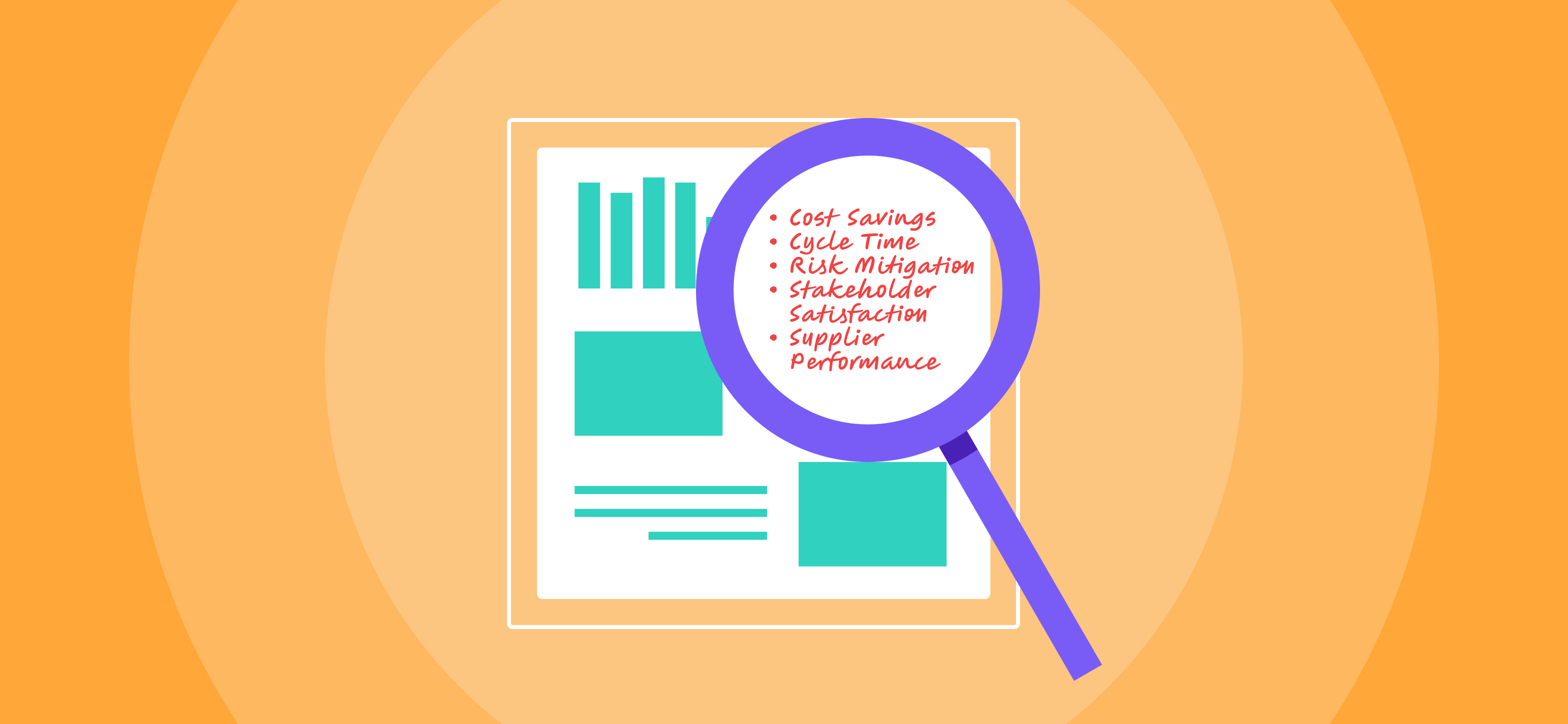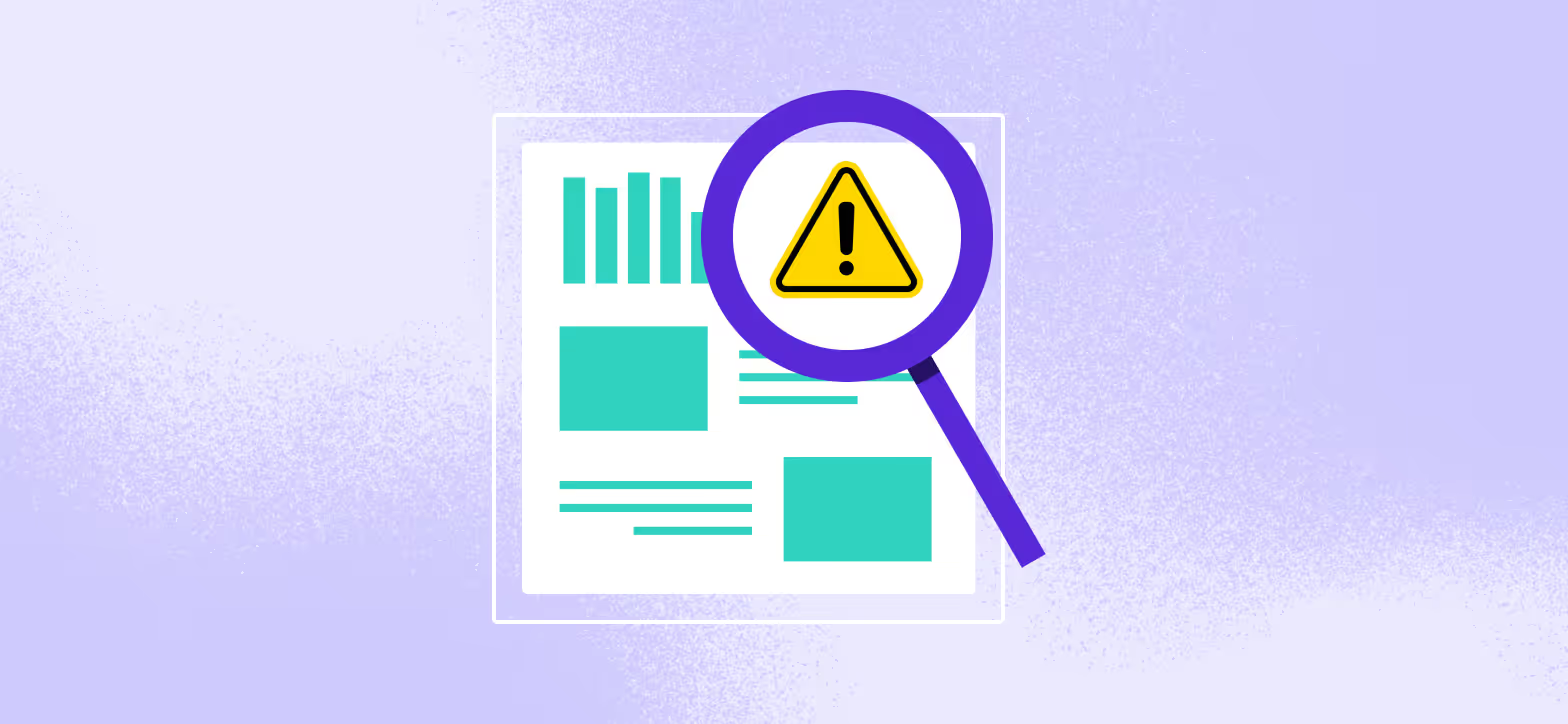Over the past few years, the SaaS industry grew exponentially. It’s now expected to be worth upwards of $880 billion, per Gartner. As a result of this growth, tech companies went on mega-spending sprees.
But now those same companies are tightening their belts. The U.S. may be on course to avoid a recession, but the era of reckless spending has come to a close as fast-growing companies focus on rationalizing and rightsizing their existing tech stack instead of adding new tools. Tropic’s data shows that SaaS purchases have slowed year over year, with a 20% decline in 2023 vs. 2022.
Tech companies may not have needed a procurement process for their IT before. But working with smaller budgets and dwindling resources, they’re forced to be more frugal. How can companies unwind duplicate or underutilized tools and do more with less?
In this post, we’ll break down the standard IT procurement process as it applies to SaaS to help you get a better understanding of the various factors that you need to consider when adding another SaaS to your tech stack.
What is a procurement process?
A procurement process is the act of vetting and purchasing products for your business. An IT or SaaS procurement process is used to purchase everything from cloud services to cybersecurity services and everything in between (including your email provider, your productivity suite, and even your beloved Trello boards).
The goal of the procurement process is to make sure that you’ve got a comprehensive tech stack that works together. The last thing you need is a series of tools cobbled together without a holistic plan in place. You want something that not only does what it’s supposed to, but also helps everybody in your organization focus more on their jobs (not trying to make a bunch of “good enough” tools work together).
Why use a procurement process?
One of the biggest advantages we’ve seen to using a procurement process these days is that it helps you keep spending in check. At Tropic we’ve found that between redundant tools and shelfware, organizations are overpaying for software by about 30% on average. With budgets down across the industry, companies need to ensure that they’re using the best possible tools without spending too much money—a procurement process makes that possible.
Beyond making sure that you’re keeping costs in check, a procurement process can also help you make sure you’re not using tools that have overlapping features (some overlap might be unavoidable, but you want to avoid basically paying for the same tool twice).
The procurement process also forces you to think about your business’s SaaS needs and not just about what you’re doing right now. It also pushes you into the future to consider what your needs may be in one, two, or even five years, for example. You don’t want to have to revisit the same need over and over again. That wastes everybody’s time. The more carefully consider both where you are and where you’re going, the better.
You ultimately want to approach your procurement process like a child in a candy store with a handful of quarters. Even though you’re a serious business, like the kid in the store, you have to make sure you’re spending your money as effectively as possible and getting the most enjoyment out of it (or productivity, since they’re work tools, not candy).

How a good procurement process contributes to organizational success
Having a procurement process in place forces you to think critically about your budget. As we mentioned, the days of wild SaaS spending are over. As tech companies deal with the fallout from that shift (plus the current wobbly macroeconomic environment), there’s a need to be sure that you’re spending wisely. However, that doesn’t mean that your business still doesn’t need certain tools or products to operate. You just need to be careful how you’re spending money.
Along with that, you’re thinking critically about your needs, both current and future. Got a smoking deal on software in year one? Wait until your team is hooked on that product and the price goes up 100% in year two. The last thing you want to do is end up with tech that doesn’t align with your growth strategy and you have to go through the whole buying process and rollout again.
A good procurement process will balance both current and future needs in a way that aligns with your growth.

What are the stages of a procurement process?
The exact stages of a procurement process depend a lot on factors like how your business is set up. But ideally, you’ll be following some version of the steps listed here as you’re going through the process.
Identifying and understanding your business needs
We’ve touched on this a few times already, but the more you understand why you’re purchasing something, the better. Besides getting to understand the business need for a product, you also need to consider what your team members need. If they need certain features or abilities, it’s in your best interest to find a solution that has those features or abilities (because your employees will hack together a solution that may or not be stable or secure if you don’t).
Research solutions (and assess compatibility)
Once you’ve identified your needs, it’s time to look for a solution that meets those needs. If you spent any time at all looking into SaaS solutions, you know that there are hundreds of options for any given need. A lot of them aren’t going to work for your business because they don’t have the features you’re looking for, but a lot of them will. The more time you spend here researching solutions, the more likely you are to find the exact tech system your business needs.
A pro tip here: make sure that whatever solution you choose works with your existing tech stack. If your near-perfect solution doesn’t integrate with your system in some way (either natively or using something like Zapier), people aren’t going to use it (or worse, it’s going to introduce a bottleneck into your processes that didn’t exist before).
Pricing and costs and contracts (oh my!)
This part of the process used to be a lot easier. Most SaaS businesses have a pricing page, but once you cross a certain number of seats or employees, you need to reach out to get the information you need. Granted, these calls can be a great way to get a demo at the same time as pricing info, but it slows down the process when you have to reach out to a half dozen or so different vendors about pricing.

Procurement process best practices
There can be a lot of steps involved in a procurement process, so it helps to make sure that you’re following some best practices (at least the ones that apply best to your business).
We’ll keep this simple (three easy steps), so you don’t get lost in the weeds.
- Have a process and document every single step. This might seem obvious. But it’s not unusual for businesses to have a loose set of guidelines that they follow for procurement, but none of it is written down. It’s will take a while to fine-tune your process, so write down the steps and iterate away the ones that don’t work.
- Involve stakeholders. Talk to the people who will be using the platform. The better you understand their needs, the more likely you are to pick the perfect solution. You don’t need to involve everyone (in fact you want to avoid a “too many cooks in the kitchen” situation), but having representatives from all groups involved can go a long way.
- Get help (if you need it). Procurement is something of an art form. There are a lot of details that you need to consider and it can be easy to get bogged down trying to make sure you make the best decision (analysis paralysis, anyone?). If you see this happening, or think it might, working with procurement professionals (like us) might be exactly what you need.
Got questions about the procurement process?
Ready to get the answers to your burning questions about procurement? Maybe you’re ready to hand off the process altogether so you can focus on bigger, strategic projects. If that’s the case, let’s talk. We can walk you through our process and take procurement decisions out of your hands.
Related blogs
Discover why hundreds of companies choose Tropic to gain visibility and control of their spend.








